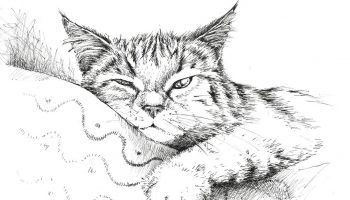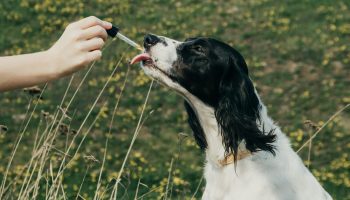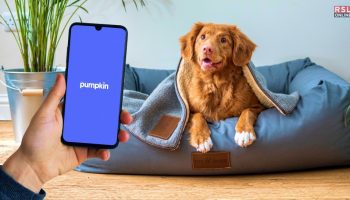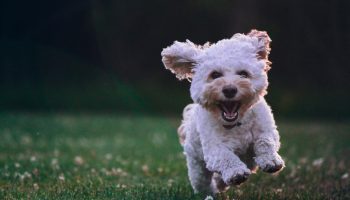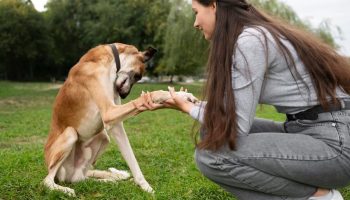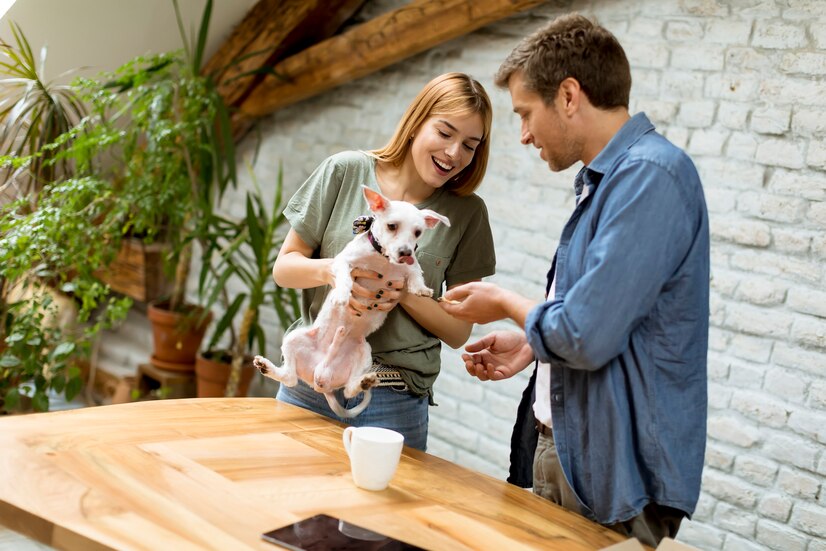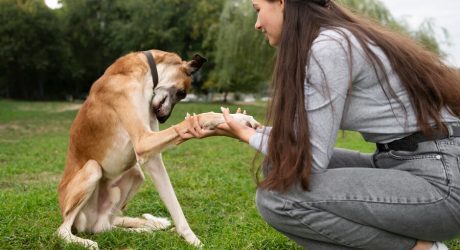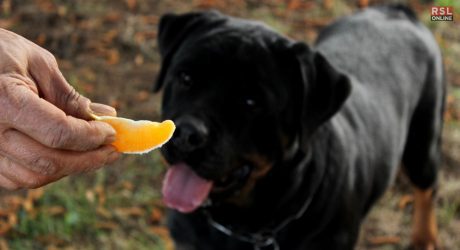Renting a property presents a myriad of challenges for both property proprietors and lessees. Amidst the multifarious considerations, the issue of permitting pets can emerge as a contentious matter. For the pet tenants, striking an equilibrium between being amenable to pets and safeguarding the integrity of their property is of paramount importance.
The crux lies in executing a meticulous pet interrogation to evaluate potential pet occupants thoroughly. This guide seeks to illuminate the significance of the pet interrogation process and its potential advantages for both property proprietors and lessees. Additionally, it’s essential to address the question of ‘can landlords refuse pets‘ to provide clarity on this aspect of the landlord-tenant relationship.
Comprehending The Significance Of The Pet Interrogation
The decision to allow pets on one’s property transcends individual predilections. It entails an assessment of the responsibility and compatibility of the prospective pet custodian and the pet tenants with the property’s rules and regulations. The pet interrogation stands as a valuable instrument in appraising this compatibility. Through engaging in a dialogue with the lessee regarding their pet, one can glean insights into the pet’s conduct, routine, and any conceivable issues.
Establishing Lucid Pet Protocols
Before delving into the interrogation, it is imperative to have well-defined pet protocols in place. Explicit guidelines aid in delineating expectations for both parties (mainly the pet tenants and pet owners), fostering a harmonious residential milieu. Clearly outlining rules concerning the type and dimensions of permissible pets, pet deposits, and any supplementary pet-associated charges is crucial. A documented agreement ensures unanimity and precludes potential disputes.
Commencing The Pet Interrogation Process
Introduction To The Pet:
Commence the interrogation by soliciting an introduction to the lessee’s pet. Encourage them to furnish particulars about the pet’s lineage, dimensions, age, and any distinctive attributes. This step enables a rudimentary understanding of the pet’s requisites and potential impact on the property. The pet tenants have specific roles here.
Pet Conduct And Training:
Probe into queries about the pet’s conduct and training. Inquire about any obedience training undergone by the pet and whether it possesses experience in inhabiting leased properties. The pet tenant aids in assessing its adaptability to a new milieu and mitigates the peril of property damage.
Pet’s Routine:
Comprehending the pet’s daily routine is paramount. Query about feeding timetables, exercise regimens, and the lessee’s strategy for attending to the pet’s needs while residing on the property. This insight assists in foreseeing potential disruptions and evaluating the lessee’s preparedness to meet their pet’s requirements.
Previous Leasing Experiences:
Interrogate the lessee about their past experiences leasing with a pet. Positive endorsements from prior landlords signify a responsible pet custodian. Conversely, warning signals may arise if a history of conflicts or damages related to their pet is evident.
How Would You Prepare Yourself For The Pet Interview
The pet interview technique uncovers the different ways you can prepare yourself. This is discussed from both the point of view of the pet tenants’ and pet owners’ points of view.
Who Should Attend The Pet Interviews
An advanced-level professional with due experience generally attends the meetings. The usability, market research, user experience, and minimum of two to five years of experience professional takes the interviews.
What Will You Learn?
You will have to practice using the right tone for the interview. The professional will have to ask the participants different levels of questions to seek the heart of motivations. They also need to understand the reaction of the pet owner. Lastly, the professional also has to understand and analyze the results of the interview.
Request For A Pet Interview
One can also request the dog owner for a resume that typically includes a photo of the pet, a description of the daily activity of the pet daily activity, a description of the personality of the pet, a thorough description of how the pet interacts with other people and the pets and a detail regarding the training. Finally, you have to seek out complete knowledge regarding proof of vaccination. It is a great way to understand the behavioral aspect of the pet.
Harmonising Pet Friendliness with Property Conservation
A fruitful pet interrogation not only advantages the lessee but also safeguards the property. It furnishes an occasion to discuss expectations concerning pet-related responsibilities, including cleaning up after the pet, upholding the property’s condition, and promptly addressing any issues. By transparently communicating these expectations, a sense of accountability is nurtured, engendering a mutually beneficial scenario. The pet tenants work with the same responsibility.
In the intricate realm of property administration, permitting pets can be a gratifying choice when approached judiciously. The pet interrogation stands as a valuable instrument for landlords to evaluate the compatibility of prospective pet lessees with their property.
By establishing unequivocal pet protocols and engaging in a cogitative discourse concerning the pet’s conduct, routine, and the lessee’s past experiences, landlords can make well-informed decisions that redound to the benefit of both parties. Striking an equilibrium between pet amiability and property conservation is pivotal for crafting a harmonious residential milieu for all.
Additionals:









